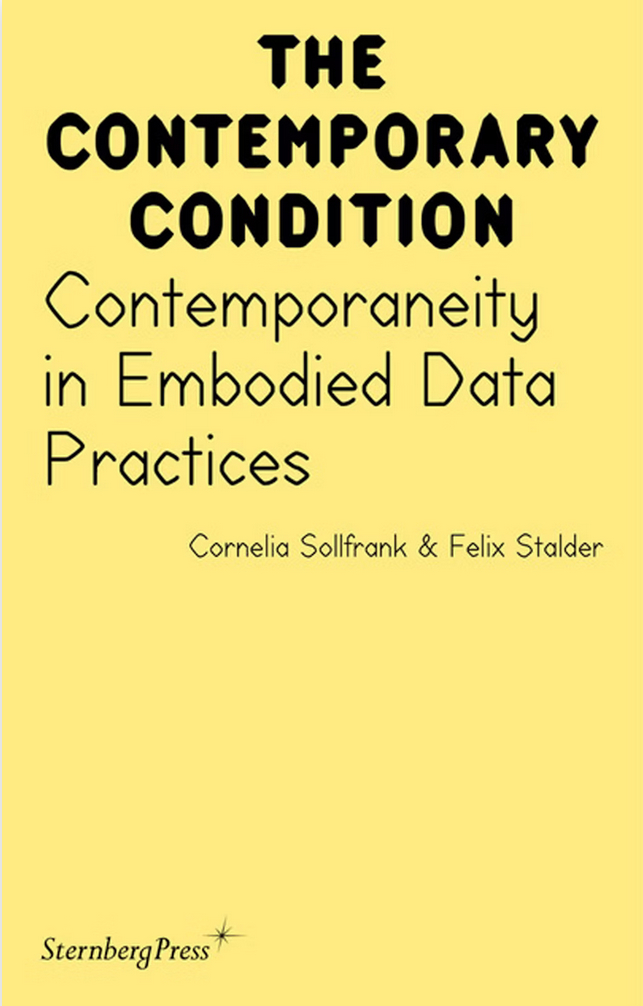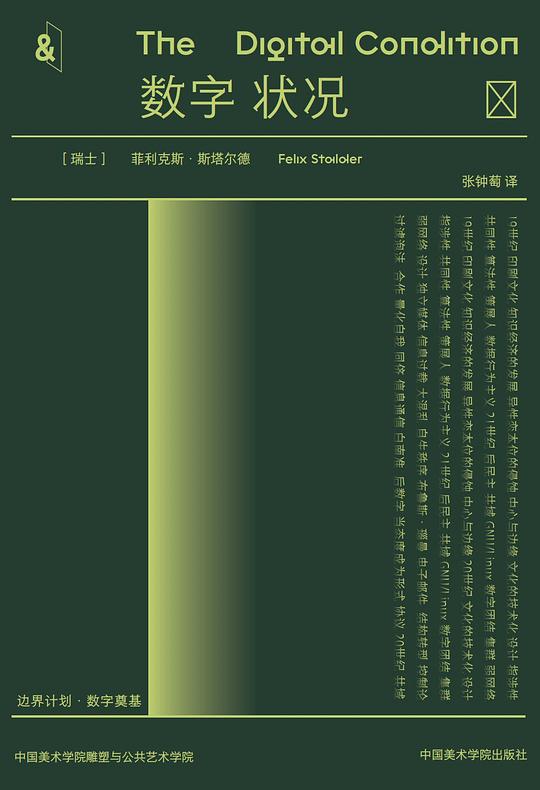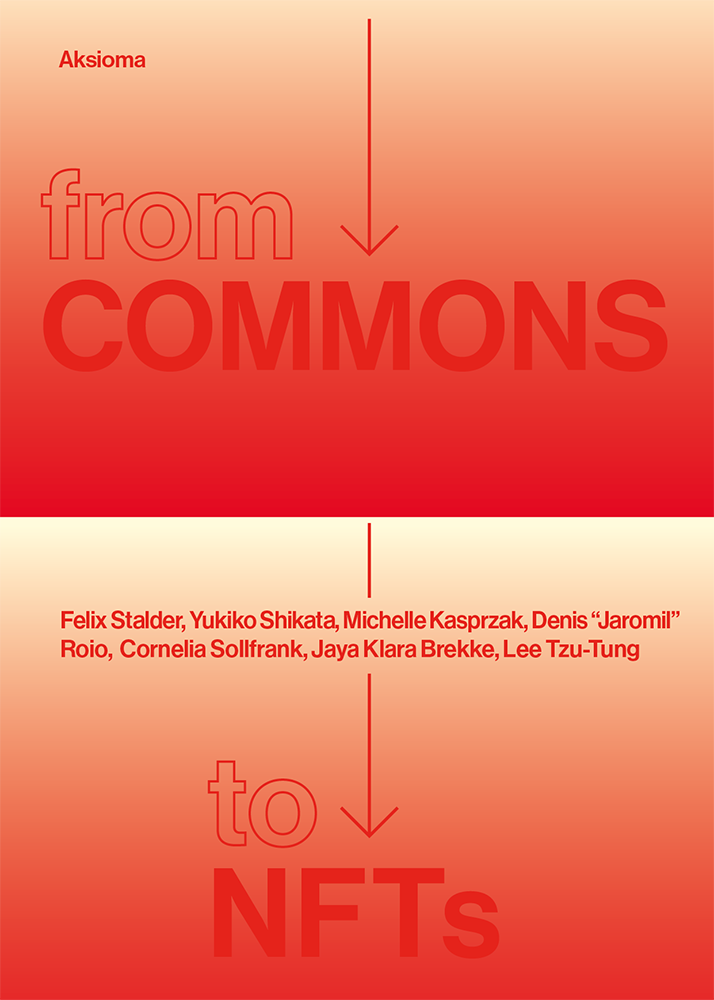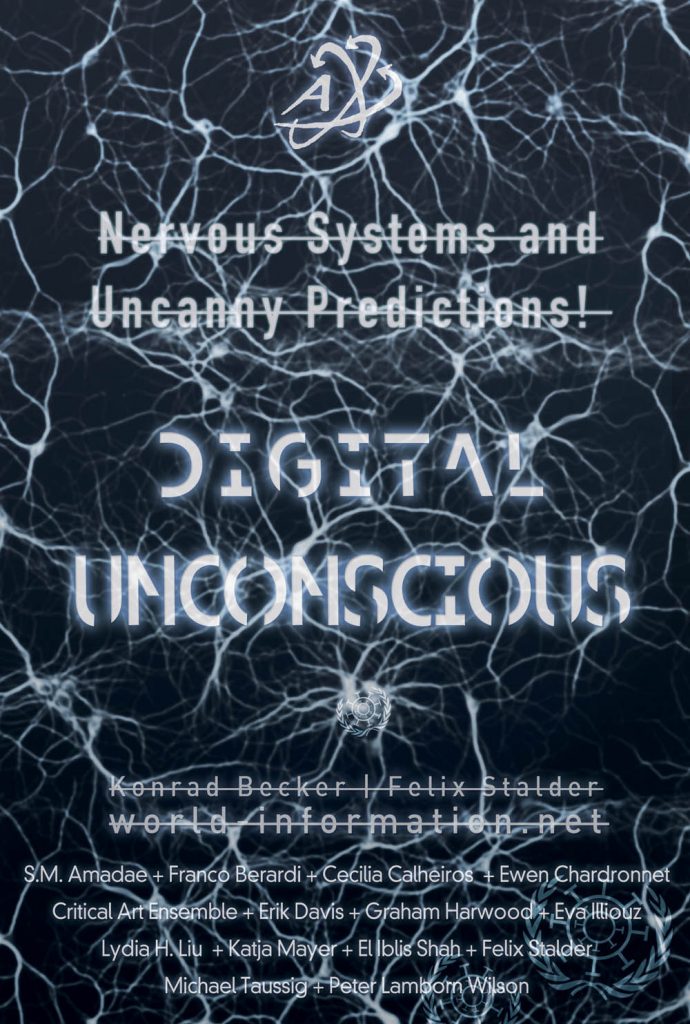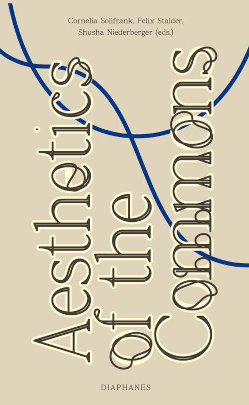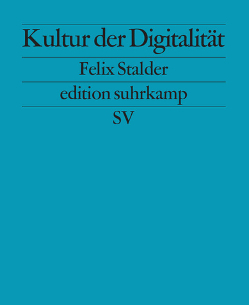
Malcolm Gladwell wrote an interesting article in the New Yorker on Nathan Myhrvold's company "Intellectual Ventures" which tries to come up with a method of the process of scientific discovery. The trick is that you can do it. That scientific discovery is a lot about looking at available information in a new way, relating fields to one another that are usually not considered together.
This phenomenon of simultaneous discovery—what science historians call “multiples”—turns out to be extremely common. One of the first comprehensive lists of multiples was put together by William Ogburn and Dorothy Thomas, in 1922, and they found a hundred and forty-eight major scientific discoveries that fit the multiple pattern. Newton and Leibniz both discovered calculus. Charles Darwin and Alfred Russel Wallace both discovered evolution. Three mathematicians “invented” decimal fractions. Oxygen was discovered by Joseph Priestley, in Wiltshire, in 1774, and by Carl Wilhelm Scheele, in Uppsala, a year earlier. Color photography was invented at the same time by Charles Cros and by Louis Ducos du Hauron, in France. Logarithms were invented by John Napier and Henry Briggs in Britain, and by Joost Bürgi in Switzerland.
And he continues:
For Ogburn and Thomas, the sheer number of multiples could mean only one thing: scientific discoveries must, in some sense, be inevitable. They must be in the air, products of the intellectual climate of a specific time and place.
Good ideas are out there for anyone with the wit and the will to find them.
In the nineteen-sixties, the sociologist Robert K. Merton wrote a famous essay on scientific discovery in which he raised the question of what the existence of multiples tells us about genius. No one is a partner to more multiples, he pointed out, than a genius, and he came to the conclusion that our romantic notion of the genius must be wrong. A scientific genius is not a person who does what no one else can do; he or she is someone who does what it takes many others to do. The genius is not a unique source of insight; he is merely an efficient source of insight.
This, however, applies only to science and engineering, not to art.
Merton’s observation about scientific geniuses is clearly not true of artistic geniuses, however. You can’t pool the talents of a dozen Salieris and get Mozart’s Requiem. You can’t put together a committee of really talented art students and get Matisse’s “La Danse.” A work of artistic genius is singular, and all the arguments over calculus, the accusations back and forth between the Bell and the Gray camps, and our persistent inability to come to terms with the existence of multiples are the result of our misplaced desire to impose the paradigm of artistic invention on a world where it doesn’t belong. Shakespeare owned Hamlet because he created him, as none other before or since could. Alexander Graham Bell owned the telephone only because his patent application landed on the examiner’s desk a few hours before Gray’s. The first kind of creation was sui generis; the second could be re-created in a warehouse outside Seattle.





